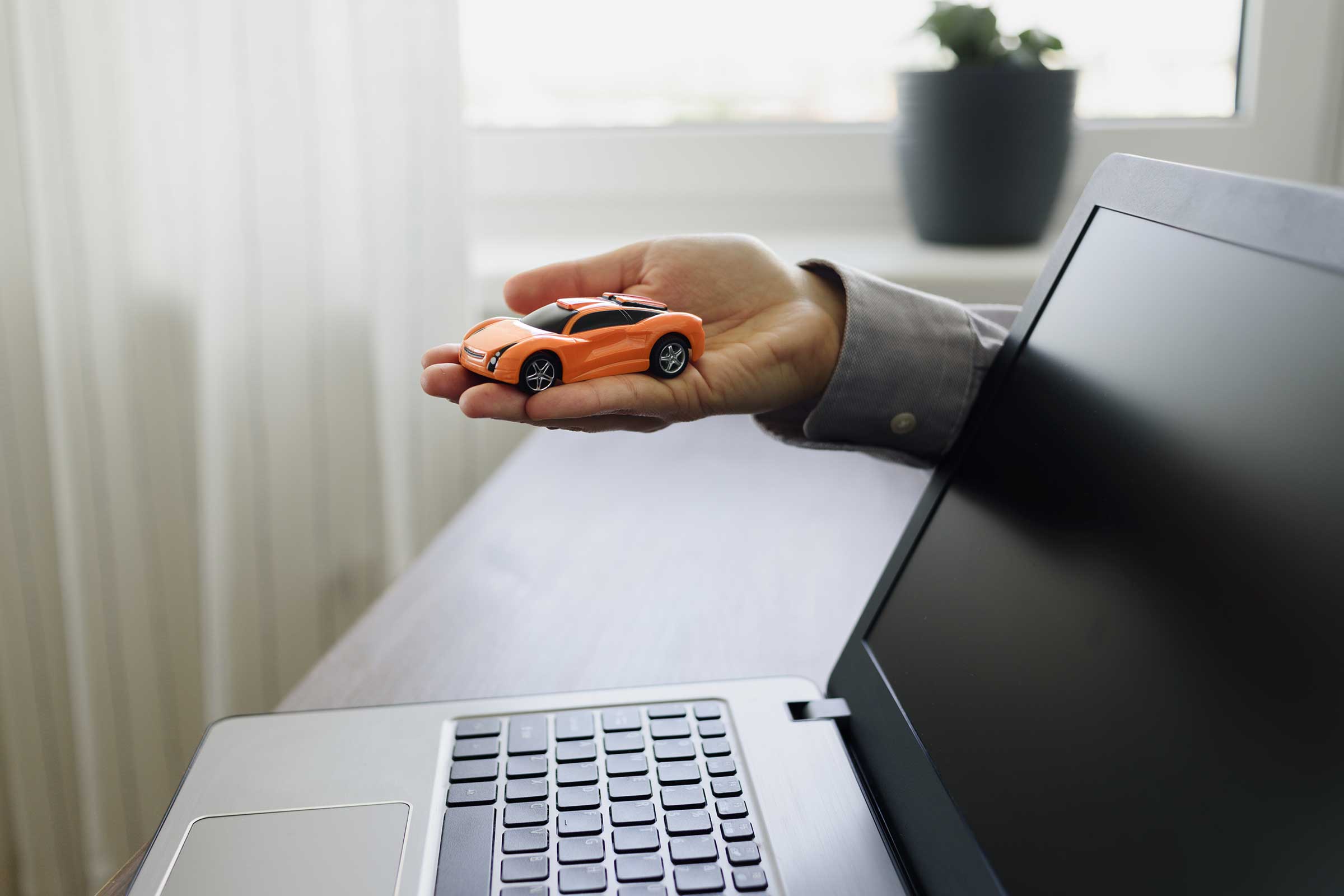1 in 10 car buyers in USA bought their cars online
In March of 2020, nearly 1 in 10 car buyers in the U.S. said they made their purchase online.1 That might not seem like much in a world where consumers buy everything else online from big-screen TVs to mattresses, but in 2018, only 1% of car buyers in the U.S. said they purchased their car online.
The fact is, up until recently, while Americans did a lot of research online prior to buying a vehicle, the purchase was typically conducted at an auto dealer. But then COVID-19 hit, causing thousands of dealerships to close their showrooms and forcing an automotive digital transformation in which even the final deal is sealed online.
Sixty-three percent of purchasers said they would consider ordering their future car online.
If other industries serve as a guide, this is more than a passing trend. People will likely continue to buy cars online even now that showrooms are reopening. But to take full advantage of this new opportunity — especially at a time when more people are interested in buying cars — auto marketers must deliver a frictionless online retail experience.
COVID-19 is causing thousands of dealerships to close their showrooms and forcing an automotive digital transformation in which even the final deal is sealed online.
Removing silos and consolidating data will enable auto manufacturers and dealers to see consumers through the same lens. Auto marketers should embrace tierless marketing and rethink four key areas:
Integrate systems for inventory development, payments, management, distribution, and marketing.
Help shoppers engage and shop for vehicles digitally.
Create alignment, so that people can easily move between manufacturer and dealer sites when shopping, searching for inventory, pricing out vehicles, and closing the deal.
Align on measurement solutions that are tied to the bottom line and setting up systems to prioritize and track these new KPIs.
Read the entire study at Think with Google.












